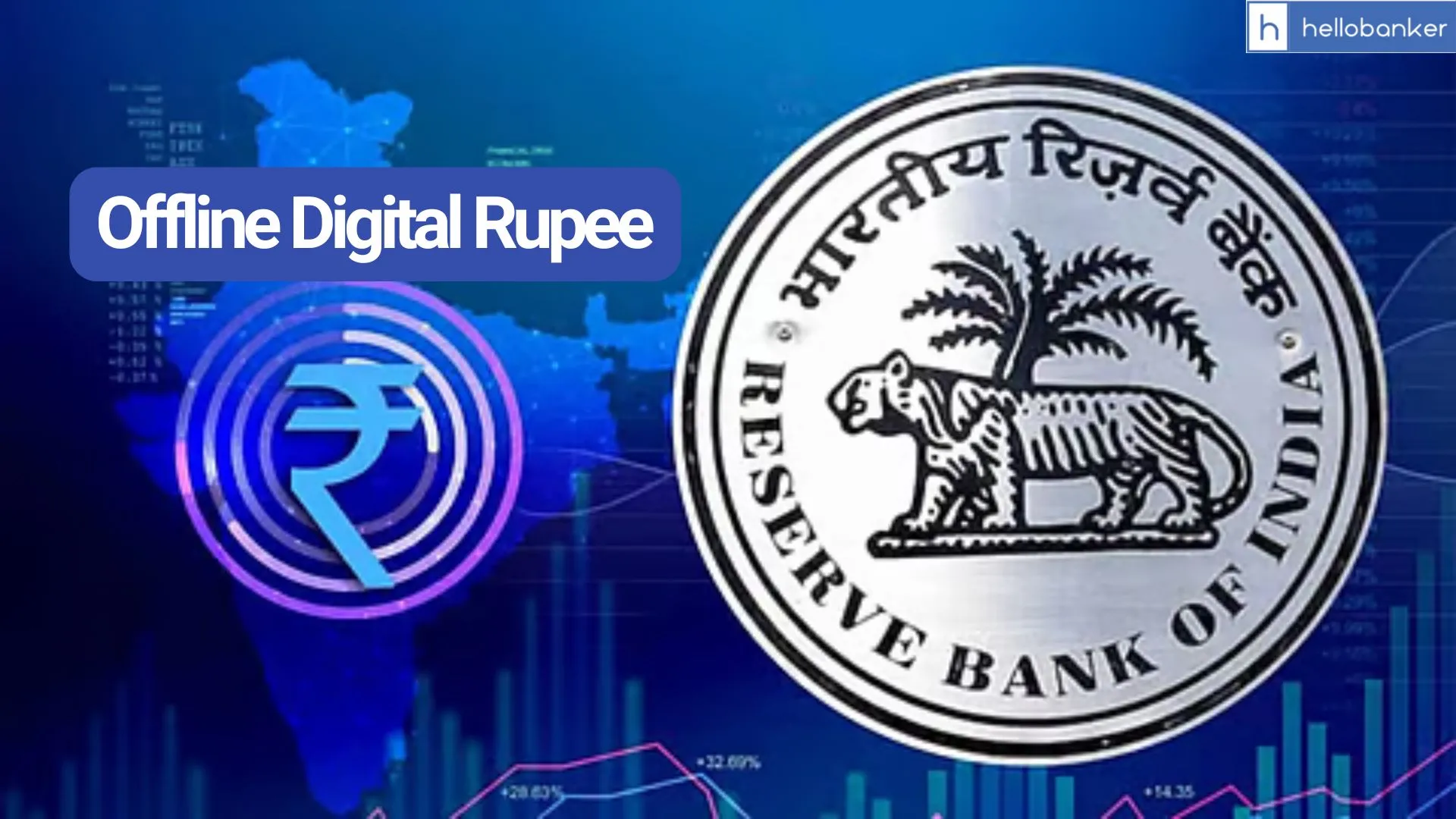| ➡️ Get instant news updates on Whatsapp. Click here to join our Whatsapp Group. |
The Reserve Bank of India (RBI) has officially launched the offline digital rupee (e₹) — marking a big milestone in India’s digital finance journey. The announcement was made at the Global Fintech Fest 2025 held in Mumbai.
The digital rupee, or Central Bank Digital Currency (CBDC), works just like physical cash — but in digital form. It carries the same trust and value as regular currency and is issued directly by the RBI. Users can store it in secure digital wallets provided by banks and use it for instant person-to-person (P2P) or person-to-merchant (P2M) payments — even without an internet connection.
The RBI and participating banks say the offline CBDC will be cheaper and faster than UPI, as it eliminates intermediary switches, payment gateways, and network dependencies. While UPI revolutionized online payments, the offline digital rupee is poised to extend that revolution into the next frontier payments without connectivity.
The pilot project includes 15 major banks, such as State Bank of India, ICICI Bank, HDFC Bank, and Union Bank of India. Users can download digital rupee wallets from the Google Play Store or Apple App Store.
One of the most exciting features of the digital rupee is its offline capability — it supports payments through low network signals or NFC-based tap technology. This makes it especially useful for rural and remote areas where internet connectivity is weak.
Smart and Secure: New Features of e₹
The e₹ is not just digital money — it’s programmable. This means funds can be customized for specific purposes, time limits, locations, or merchant categories. These features are already being used in some government welfare schemes, like Gujarat’s G-SAFAL and Andhra Pradesh’s DEEPAM 2.0, to ensure that subsidies are spent exactly where intended.
How it Works?
Unlike UPI, which needs an internet connection and bank servers to process payments, the Offline Digital Rupee (e₹) works directly between two wallets. Using Near-Field Communication (NFC) or other secure proximity technologies, users can simply tap their phone or device against the receiver’s to complete a payment — even in areas with low or no network connectivity. The process is instant and final, just like handing over cash. The RBI has described this system as a cash-equivalent settlement, meaning every transaction is backed directly by the central bank. Payments are made in digital rupee denominations, and if change is needed, it’s automatically adjusted within the wallet, perfectly replicating the experience of using physical currency.
A Boost to Financial Inclusion
RBI Governor Mr. Sanjay Malhotra said that the digital rupee is an important part of India’s Digital Public Infrastructure, helping expand financial inclusion and strengthen the FinTech ecosystem. With offline payments and programmable capabilities, India has become one of the first countries to roll out a fully functional digital currency that can be used anywhere — anytime. The offline digital rupee is expected to make financial services faster, safer, and more inclusive, especially for people in areas with limited connectivity.
